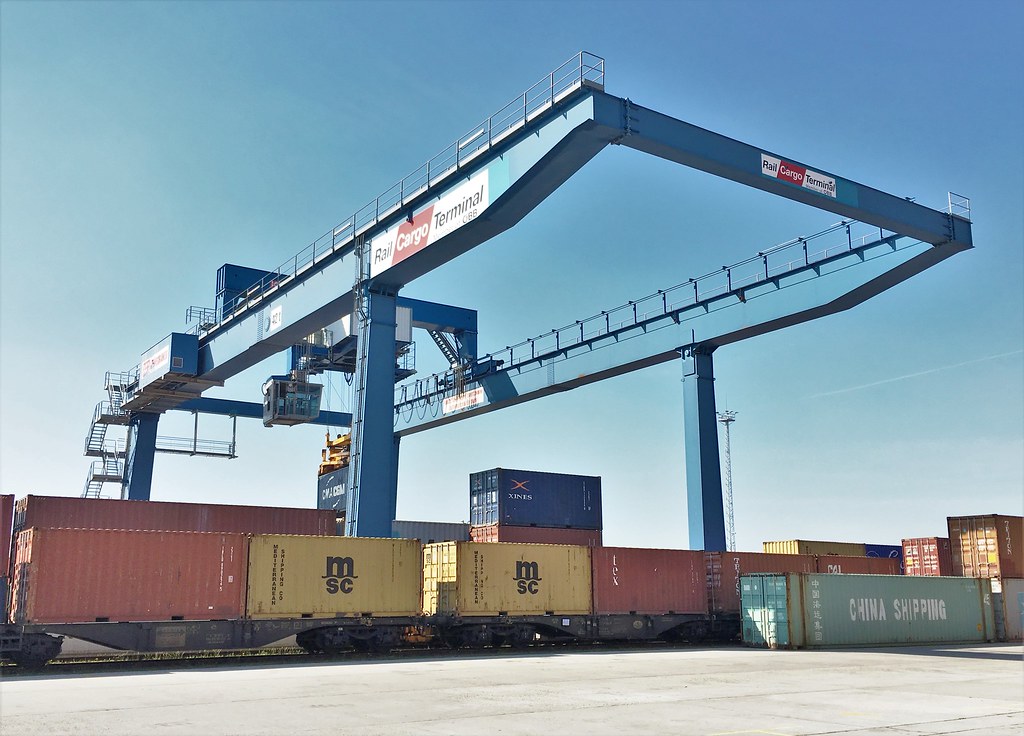All rail leads to Budapest, but more capacity is needed

What started with a single train between China and Hungary, has turned into a high-in-demand service with three to four trains per week at peak times for Eurasian rail operator RTSB. The company is keen on running the China-Europe train via Budapest, but it needs more capacity on the network.
All traffic from the east is consolidated in Budapest, which has many advantages as a logistics hub, Thomas Palecek from RTSB explained in a recently held RailFreight webinar about the potential of Hungary. It has good infrastructure, good connections and there a lot of industrial companies settled here, a lot of them from China. “We promote Budapest as a hub and gateway to the Central and Eastern European market.”
Consequence of success
That is not to say that the city does not know of any challenges. The popularity of the city also has its consequences. The network is heavily congested, and this congestion is not to be resolved until the freight-only V0 railway line is constructed, explained Akos Ersek from the UIRR.
“All traffic, be it from the east of the country, Belgrade or Transylvanie, runs via the southern side of the Danube. The network that lies within a 50-kilometre radius of the capital is affected by this, with low speed and reliability constraints as a result, the Hungarian-born professional explains.
More demand than supply
RTSB has always kept the stability and service to and from the Hungarian capital and China, but Palecek acknowledges the problem of reaching the limits of capacity towards rail infrastructure and terminal capacity in and around the Budapest region.
In fact, the company has no problem running trains to and from Hungary via Poland, or even some via the Middle Corridor. “In addition RTSB plans to further increase their rail network with other destinations for the Eastern European market in case the rail infrastructure allows this further development. “Capacity and various construction works are currently the main factors stopping us from extending our service to the Eastern European markets.
Certain routings like the border crossing Kelebia are majorly congested based on construction works and various continental and maritime traffic flows connecting Turkey and Eastern European ports with Central Europe. This is why we are waiting for the harmonisation of these rail corridors before further extending our activities”,
Palecek explained.
What is the solution?
The completion of the V0 railway line, which will reroute east-west traffic via Kecskemét and Székesfehérvár, and as such bypasses the busy network around Budapest, will solve part of the problem. But, as Ersek explains, there is also a saturation of terminals in the capital city.
“Hungarian rail freight is very Budapest oriented. 80 to 90 per cent of the traffic is handled here.” In a few years from now, there should be a new terminal in Debrecen, and the recently opened East West Gate terminal in Fenyestlitke has enough capacity to handle a lot more cargo than it is currently receiving. But under the current circumstances, traffic via the eastern border is limited to exports from Ukraine, and the full potential of the Zahony region remains untapped.
What is more, also the eastern region is depending on the infrastructure development on the
east-west corridor, explains Adam Tálosi, member of the board at East West Gate. “We are
also looking at the V0 railway line to increase the capacity of our terminal, which is a million
TEUs if all infrastructure projects are indeed implemented.”
Watch the webinar
You just read one of our premium articles free of charge
Want full access? Take advantage of our exclusive offer






